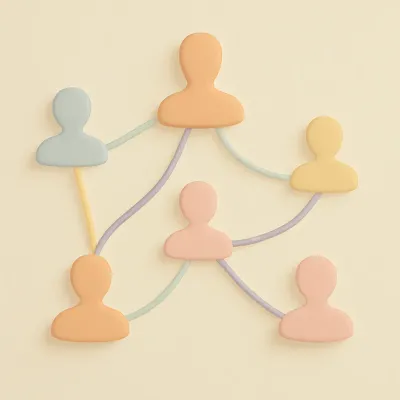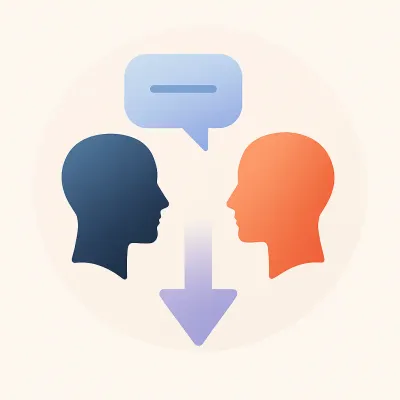Digital transformation and culture change are two critical areas that organizations are looking to invest in to remain competitive and agile in today's rapidly changing business landscape. However, these transformations can be challenging due to a variety of personal, psychological, and environmental barriers that can prevent individuals and organizations from making the necessary changes. In this blog post, we'll explore the 1st Law of Behavior in behavioral science to understand these barriers and provide recommendations on how to overcome them.
What is Digital Transformation?
Digital transformation is the process of using digital technologies to create new or modify existing business processes, customer experiences, and organizational culture to meet the changing needs of the market and business environment. Digital transformation is not just about using technology to automate existing processes, but about using technology to create new opportunities and drive innovation.
Digital transformation can involve a range of technologies, including cloud computing, artificial intelligence, machine learning, the Internet of Things (IoT), and automation. These technologies can be used to improve business efficiency, increase employee productivity, enhance customer experience, and drive innovation.
Digital transformation is not just a one-time event, but an ongoing process of continual improvement and innovation. It requires a willingness to experiment, take risks, and embrace change. Digital transformation is not just about the technology, but also about the people and culture within an organization. Successful digital transformation requires a shift in mindset and culture, as well as a willingness to invest in new skills, capabilities, and ways of working.
The 1st Law of Behavior
The 1st Law of Behavior in behavioral science states that people are naturally resistant to change, and this resistance can be broken down into personal and environmental barriers. Personal barriers can include a lack of energy, skills or capabilities, as well as psychological factors such as biases, beliefs, and motivational drives that influence our choices and behaviors. Environmental barriers can range from logistical frictions to systemic structural barriers such as market structures, government regulations, and infrastructure.
To reduce personal and environmental barriers and make digital transformation and culture change more effective, organizations can adopt the following interventions:
- Reduce the effort and create incentives for change: Introducing gamification, for example, can make the change process more engaging and provide incentives for individuals to participate in the transformation.
- Address societal and cultural norms: Organizations should take the time to understand the social context of the people they are trying to change. In some cases, societal and cultural norms can impair psychological safety and prevent certain values from being expressed. Organizations need to give people permission to go against the norms they're used to and model the new norms they want to create.
- Ensure systems support changes: Promoting entrepreneurship, for example, doesn't work if the systems punish experimentation or working outside boundaries. Organizations must ensure their systems support and enable change and provide the necessary resources for employees to make the necessary changes.
Implementing Organizational Change with Pilot Groups and Behavioral Science
Implementing organizational change can be a challenging process that requires careful planning, execution, and management. One way to reduce the resistance to change is to implement the change in a pilot group of change agents who can serve as advocates and ambassadors for the change. By doing this, you can use mechanisms like social proof and scarcity to your favor and gain momentum for your change efforts.
Social proof is a behavioral science principle that states that people are more likely to take action if they see others doing the same. By implementing the change in a small group of change agents, you can demonstrate to the larger organization that the change is possible and desirable. This can create a sense of urgency and momentum for the change.
Scarcity is another behavioral science principle that states that people are more likely to take action if they believe that a resource is scarce or in short supply. By limiting the pilot group to a small number of individuals, you can create a sense of scarcity and exclusivity around the change effort. This can create a sense of excitement and anticipation around the change.
In addition to using social proof and scarcity, it is important to have a plan in place for managing the pilot group and scaling the change effort. This includes identifying key stakeholders, defining success metrics, and providing resources and support to the pilot group.
Conclusion
Digital transformation and culture change are critical for organizations looking to remain competitive and agile in today's business environment. By understanding and addressing the personal, psychological, and environmental barriers to change and using interventions like pilot groups and behavioral science, organizations can create a positive culture that embraces change and drives success.
If you're looking to implement digital transformation or culture change within your organization, it's important to remember that change is a process that requires careful planning and execution. By adopting the strategies and recommendations outlined in this blog post, you can reduce the resistance to change and achieve a successful transformation. So take action today, invest in the right tools and resources, and create a positive culture that drives innovation and success.









